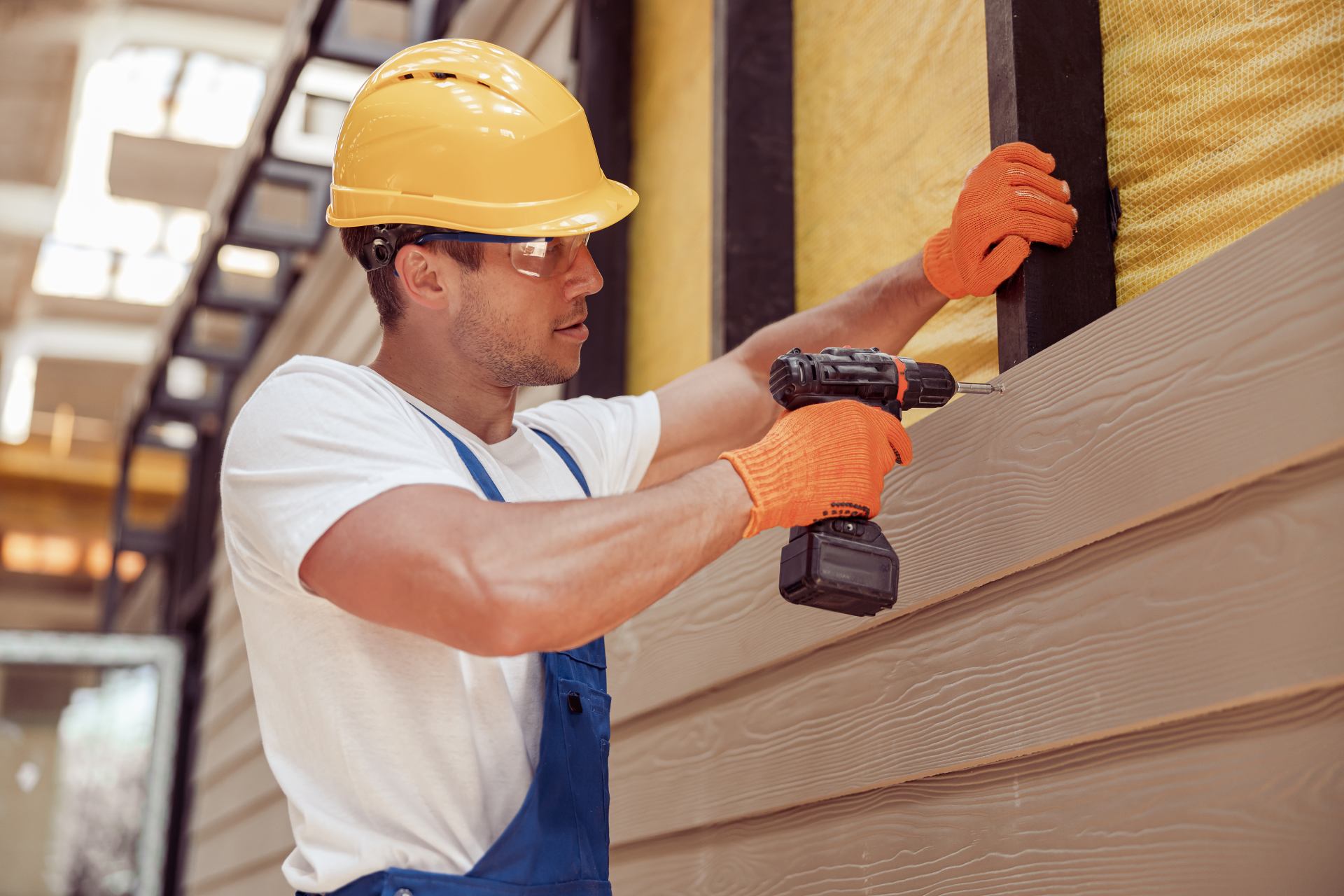How Siding Plays a Key Role In Your Home Insulation
Let's get right to it: Home insulation matters. It's what keeps your home comfortable and your energy bills in check. However, there's a surprising twist – your siding plays a significant role in this equation as well. Throughout this article, we'll delve into the intricate relationship between siding and insulation, delve into the various siding materials available, and unveil how they can enhance your home's comfort while trimming your expenses.
The Basics of Home Insulation
Think of home insulation as your house's cozy blanket. It's the protective layer that ensures year-round comfort and puts some extra money back in your pocket. Now, let's dive into why it's absolutely essential.
- Temperature Regulation: Insulation acts as a temperature referee. When it's hot outside, it keeps the cool air inside. And when it's freezing, it traps the warmth indoors. This results in less reliance on your heating and cooling systems.
- Energy Efficiency: Think of insulation as your home's energy-saving superhero. By maintaining a consistent indoor temperature, it reduces the need for constant heating or cooling. This translates to lower energy consumption and reduced utility bills.
- Common Installation Areas: Insulation isn't picky; it goes where it's needed most. You'll find it in walls, where it forms a barrier against outdoor temperature swings. In the attic, it keeps your house from turning into an oven during the summer and a fridge during the winter. Sometimes, it's even tucked beneath your floors, especially in crawl spaces or basements.
The Role of Siding in Insulation
Now, let's talk siding. You might not realize it, but your home's exterior is a key player in the insulation game. Here's how it contributes:
- Connection to Insulation: Siding is like insulation's bodyguard. It shields your home from the elements, ensuring your precious insulation does its job. Without a sturdy siding barrier, your insulation might as well take a coffee break.
- Siding Materials Matter: The type of siding you choose matters. Different siding materials have varying levels of insulation prowess. Some, like foam-backed vinyl siding, excel at keeping your home cozy, while others may be less effective.
- Moisture Control and Draft Prevention: Siding isn't just about keeping your home warm or cool. It's also your first line of defence against moisture and drafts. Properly installed and well-maintained siding helps keep unwanted humidity out and prevents chilly drafts from sneaking in.
Types of Siding Materials and Their Insulation Properties
Siding doesn't follow a universal formula. There's a variety of options available, and each comes with its distinct insulation attributes.
- Vinyl: Vinyl siding is a cost-effective choice that offers decent insulation. Some vinyl siding even comes with foam backing, boosting its insulating power.
- Wood: Wood siding, while charming, may need extra insulation help. It's not the most energy-efficient option on its own.
- Fiber Cement: Fiber cement siding strikes a balance between durability and insulation. It's better at keeping your home comfortable than wood.
- R-Value: You might hear about something called "R-value." In simple terms, it's a gauge of a material's insulation effectiveness. The rule of thumb is clear: the higher the R-value, the superior the insulation. Foam-backed vinyl siding, for example, boasts a robust R-value, making it a top-tier choice for insulation purposes.
Energy Efficiency and Cost Savings
Effective siding goes beyond aesthetics; it's a money-saving asset. When your siding performs its role efficiently, it reduces the strain on your heating and cooling systems. The upshot? You'll find extra money in your bank account when the month draws to a close.
Signs Your Siding Needs Attention
Your siding can't protect your home if it's falling apart. Look out for these signs:
- Cracks: Small cracks can quickly become big problems. They let in moisture and drafts, sabotaging your insulation.
- Warping: Warped siding not only looks bad but can create gaps that affect your insulation.
- Peeling Paint: Aesthetic concerns aside, peeling paint is a sign that your siding is vulnerable to the elements.
Don't wait until these issues spiral out of control. Regular inspections and maintenance are your friends.
Improving Siding Insulation
If your siding isn't up to snuff, here are some solutions:
- Add Insulation: Consider adding insulation behind your siding, especially if your current material isn't doing the job.
- Professional Installation: Getting a professional to install your siding ensures a tight fit, maximizing its insulation benefits.
Siding: Your Insulation Ally
Your siding is more than just an attractive facade; it's a pivotal contributor to your home's insulation strategy. Don't downplay its significance in maintaining a snug and cost-effective living space. Take proactive measures today, and you'll soon enjoy the benefits of increased comfort and savings in the days to come.

